240D algae part 7 – Installing a new W123 fuel tank
In the last update, I ruined my W123 fuel tank. Luckily, a friend in the Mercedes Club was able to find me a very good tank as a replacement. The new tank is much better than what I had, and probably far better than a home resealed tank. It was from a 280E, which means it is an 80 litre tank. I will have excellent range on my 240D.
The main difference between a tank from a petrol W123 and a diesel is the petrol cars had the swirl pot at the bottom of the tank. The swirl pot allows fuel to continue to flow even during hard cornering, as the return line not only keeps the pot filled, but draws fuel in from the rest of the tank. Presumably the diesels don’t need this as they flow a lot less fuel and are less likely to do hard cornering. In addition, an algae outbreak could clog up the little hole in the bottom of the pot. I’ll be using the biocide additive on my car regularly, so I’m not concerned about this.
When the tank arrived, I was really impressed with how clean it was. I couldn’t see any rust at all in the tank. The petrol fuel strainer was also quite clean. Since I don’t want to do this job again, I gave it a clean and was able to get some of the normal residue out of the tank before installing it. I used my pressure washer to clean inside the tank as best I could, then dried it with my cordless blower. After that, I used some methylated spirits to make sure I got the last of the water out.
I came back the next day to prepare the tank for installation. I installed a new diesel fuel strainer. The diesel strainer has a coarse mesh, to allow minor algae to get through and be caught in the pre-filter which is easier to change. This is part 124 470 01 06. I also re-installed my fuel sender. Mercedes thoughtfully made both of these items use the same 46mm hex. I also had to glue on the rubber ‘foot’ that sits around the strainer and between the tank and the body of the car.
Re-installing the tank was easier than getting it out. The only slight hiccup was the rubber ‘foot’ had been somewhat dislodged and I had to use screwdrivers to reposition it from under the car.
Once the tank was in place, it was a fairly simple matter to install a new fuel supply hose. The car was using the fitting from the original hose, with a normal fuel hose clamped to it. There probably isn’t anything wrong with this, but I bought the proper cohline hose. It is for multiple cars, so I had to trim a few cm off for the W123 diesel.
Next was the return line and breather hoses. The EPC states that these hoses are both 120mm. I cut 120mm hoses, but I found the return hose was too long and I trimmed a few cm off it. The breather hose was also thicker. I didn’t actually install the breather hose at first, I waited until I had the car running so I could move it to the hoist under its own power. I had bought the proper hose clamps for the engine bay and the supply hose, but forgot these two, so had to use the regular hose clamps here.
While I was at it, I also replaced all the hoses and filters in the engine bay. The pre-filter was quite dirty, and needed replacement. The main filter probably wasn’t, but I replaced it anyway. I also used the proper hose clamps that don’t bite into the hoses. According to the EPC, the hose from the supply line to the pre-filter is 140mm and the hose from the pre-filter to the lift pump is 40mm.
The EPC also lists a special return hose some people refer to as the ‘Cigar’ hose. This is part number 000 997 51 52. A lot of people don’t seem to bother with it, but since I was ordering new parts I got one. I found it to be very long, and I had to push it a long way onto the return hard line so it didn’t kink.
At this point I was ready to refuel the car. I had 30 liters of diesel I had pumped out of the car through a filter, so I added this to the tank. I was happy to see there were no leaks and I began to prime the system.
The primer pump felt very odd, and I couldn’t work out why it didn’t seem to be moving much fuel. After about 30 minutes of trying various things, I noticed that one of my hose clamps was stopping it from going all the way in. Simply rotating this clamp restored full travel to the primer and I was able to get quite a lot of fuel moving. I think my issues priming the system last time were due to my blocked strainer, as I was now getting quite a lot of flow.
It still took quite a few times of priming the system, trying to start the car, priming the system, and trying the start the car until it finally roared into life. It ran well and seemed to be idling better than before. I wonder if it wasn’t getting enough fuel with the blocked strainer.
A quick test drive around the factory complex showed no leaks and the car running well. The downside was that the A/C had stopped working, which I will need to attend to.
Since I was happy with how the car was running and there were no leaks. I re-installed the boot trim, and left an Easter egg for a future owner on the fuel tank.
 I will check the condition of the fuel pre-filter over time, but I expect that with all this work my fuel delivery problems should now be behind me.
I will check the condition of the fuel pre-filter over time, but I expect that with all this work my fuel delivery problems should now be behind me.










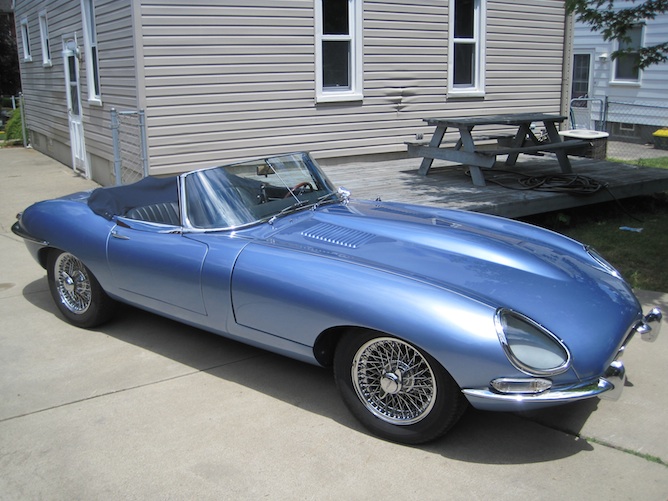
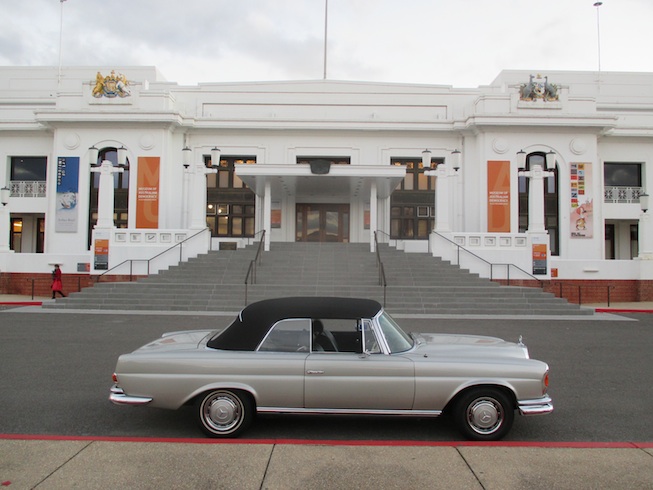









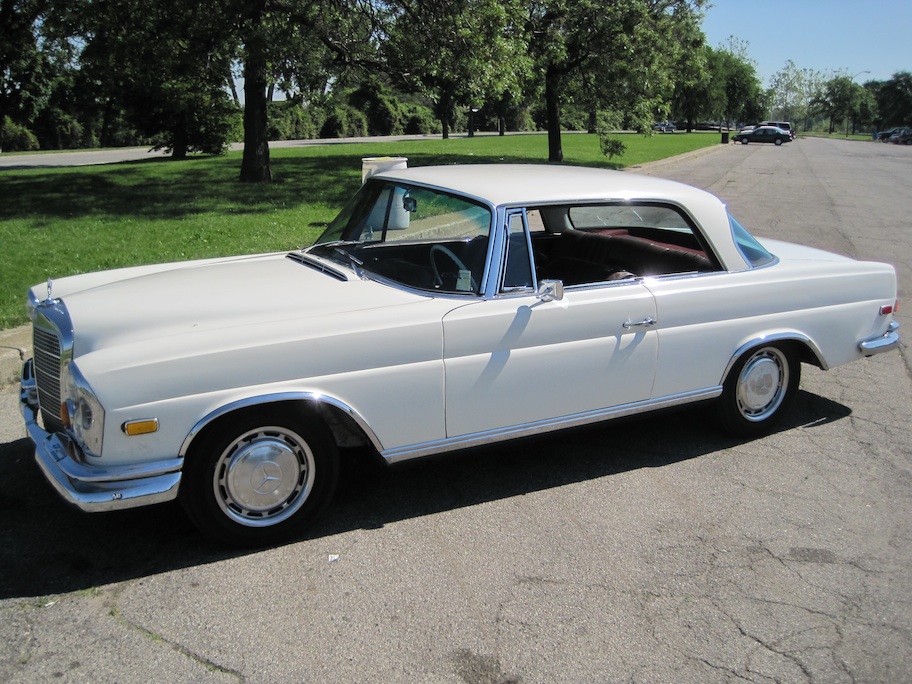


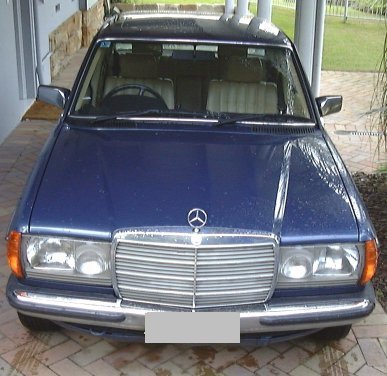
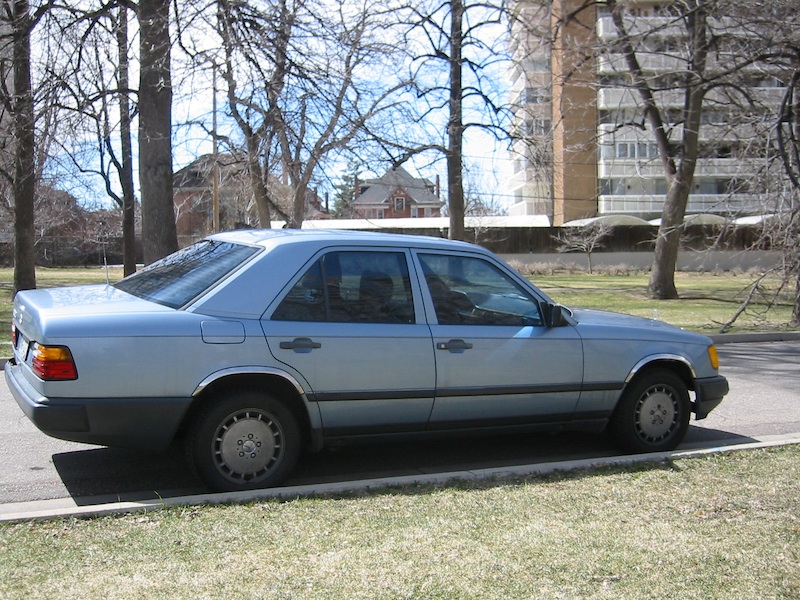

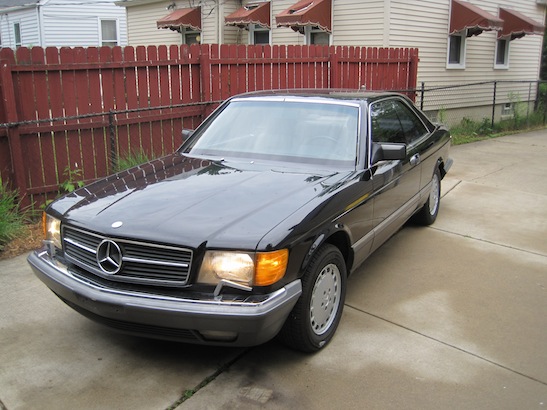
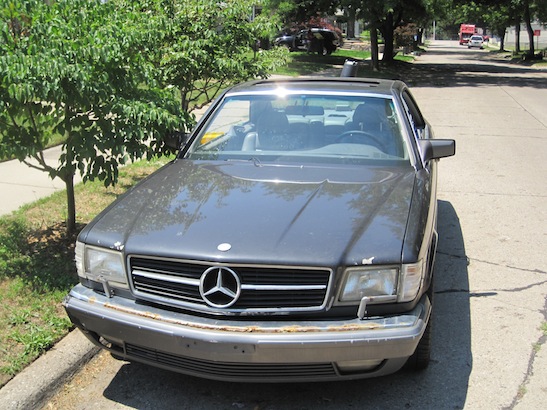












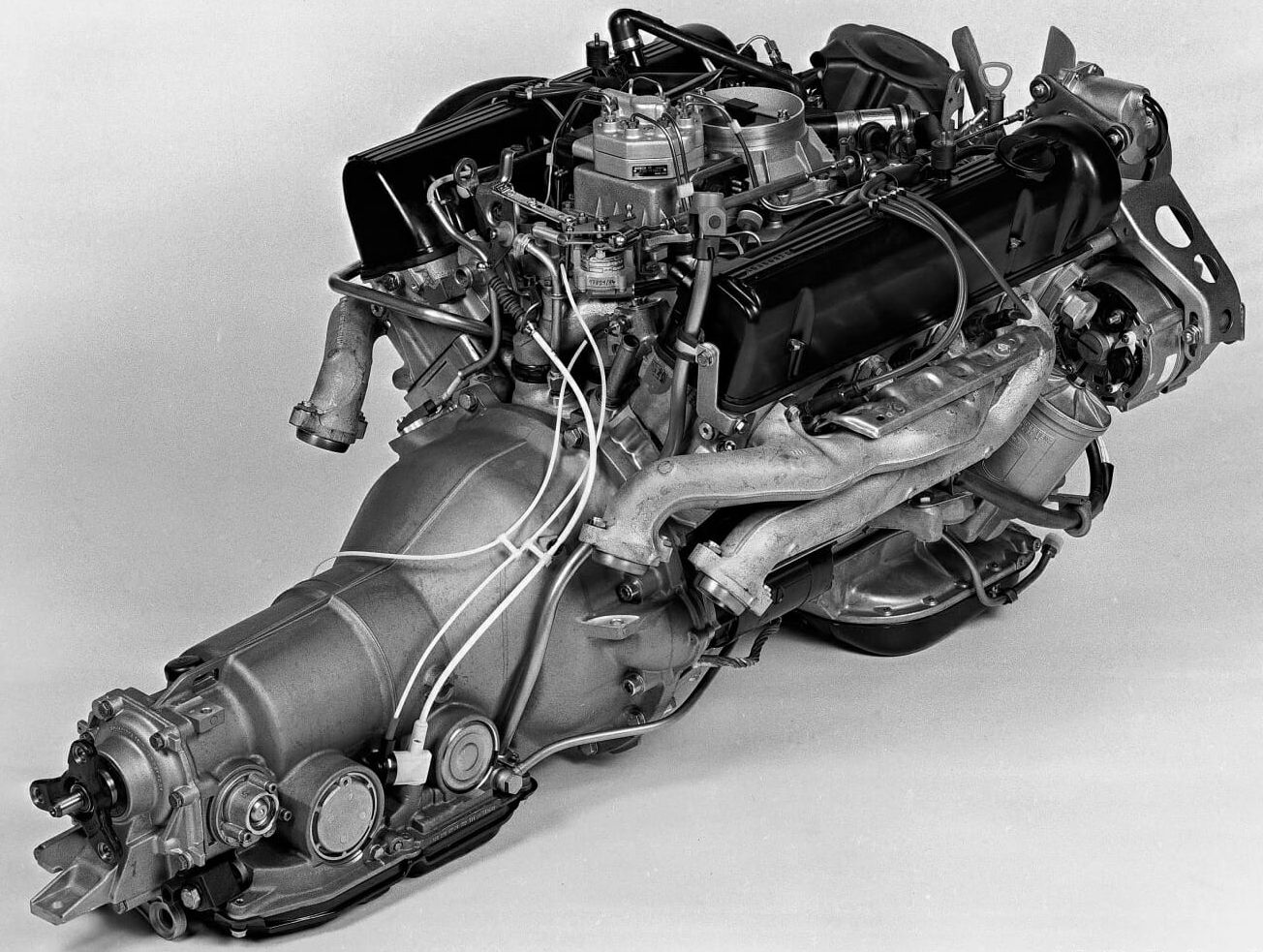

























1 Response
[…] insulation, radio repair, algae in the fuel tank (part 1, part 2, part 3, part 4, part 5, part 6, part 7).and front brake […]